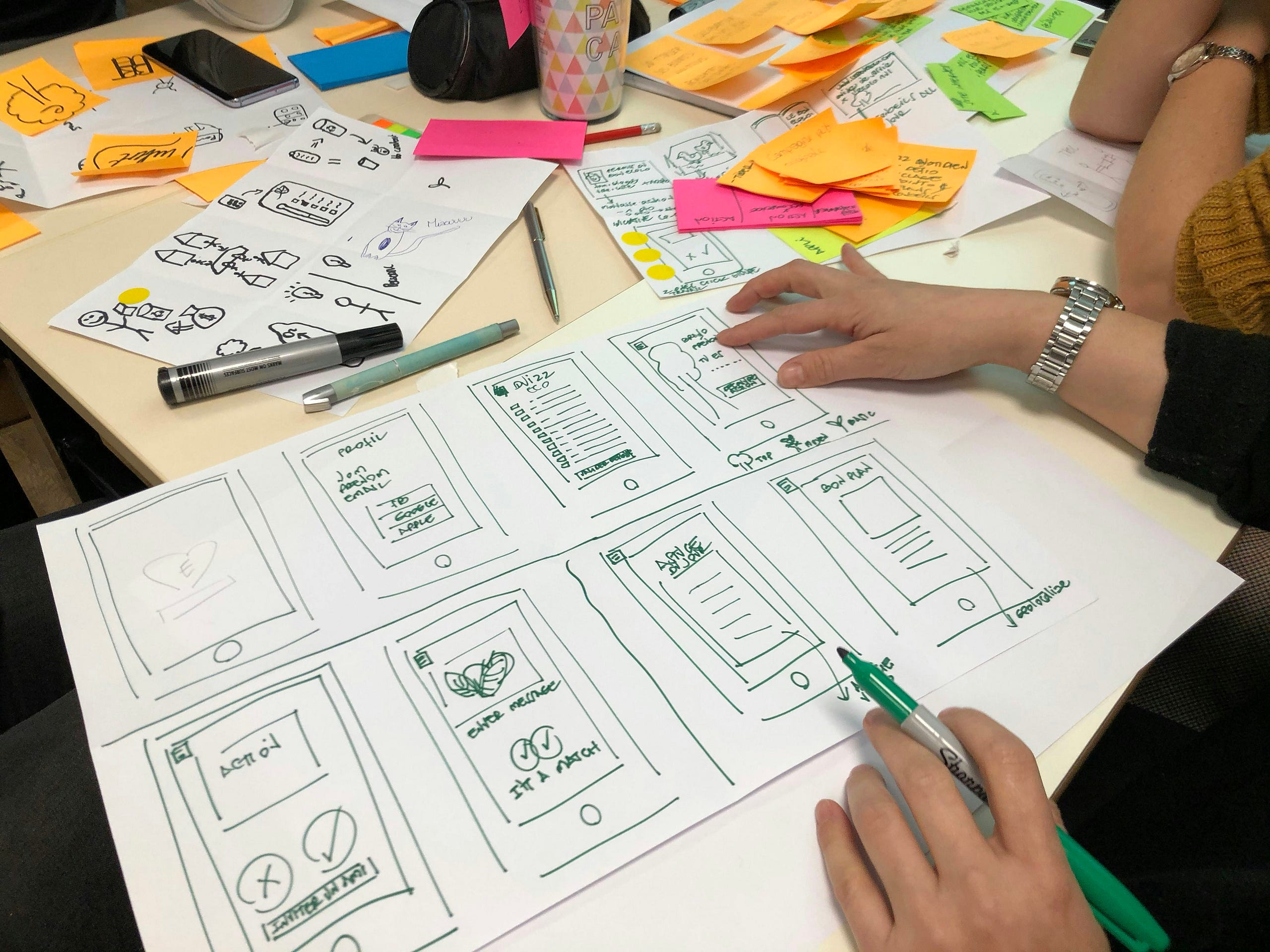There’s more to design than just sitting down and being creative.
There’s more to design than just sitting down and being creative.
It is not merely snapping one’s fingers together and having a finished product. It is a culmination of observances, understanding, and application of knowledge that is acquired through experiences.
A designer has to be in the correct environment and have the correct opportunity. Forcing a creative person to sit in a cube, 8am-5pm Monday through Friday is not the correct answer all the time. Giving a designer sporadic available minutes throughout the day is doing them and the company a disservice. A designer should be allowed to work uninterrupted when they feel they need to in order to maximize their output.
That said, the restraints of business are a reality. Designers have to be available when the business needs them.
Sadly, most of the time, design is an afterthought, or something that is trivialized. In fact, it is one of the most important things that should happen to any commercial project. It can be the difference between success or failure.
My process is not perfect. It probably differs from other ones you will read. However, what it does have is an actual proven process that can be easily followed by large and small businesses alike to produce a quality product.
The design process is not just about one person. It’s about everyone in the business understanding that design is a process, and it takes everyone’s understanding and cooperation to perform it correctly, efficiently and productively. One critical person who does not perform their tasks can sink the entire project.
The key concepts of my process are:
Communicate
Make sure everyone is on the same page, but don’t burden your staff with long, burdensome meetings when they aren’t necessary.
Time
Be realistic with your timelines. Allow for enough time to complete each step along the way.
Responsibility
Understand who is responsible for what, and allow them to do their job. Know when and when they don’t need help or your input.
Understand
Know whose job it is to do what, and let them have input in the plan.
There is no perfect process. There are always tasks that don’t meet the “formula”. The process I follow came together as I worked on dozens of projects over my career, facing pitfalls and triumphs along the way. It centers on a design-thinking methodology — Empathize, Define, Ideate, Prototype, and Test. Keeping that at the core will help you on any project you will ever encounter.




Comments ()